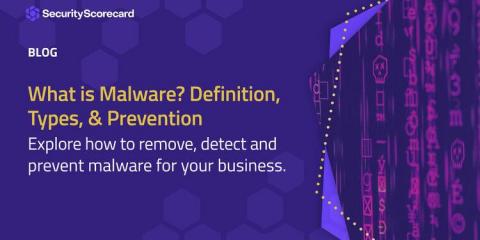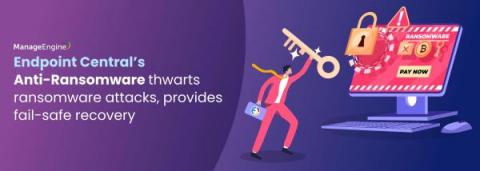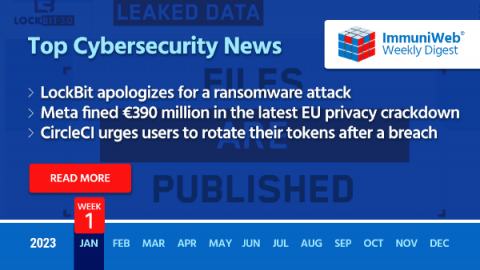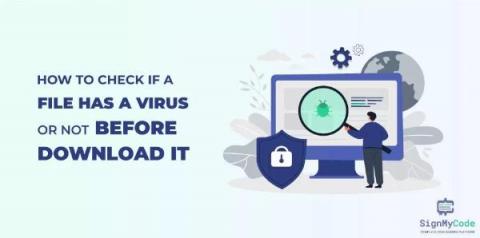What is Malware? Definition, Types, & Prevention
Malware is short for "malicious software" and refers to any software program that is designed to harm or exploit a computer or device. And unfortunately, malware is all over the internet, with 560,000 new pieces of malicious software detected every day. It can come from many potential sources, including: It’s vital for organizations to understand the risks malware poses and take effective measures to stop potential threats.










